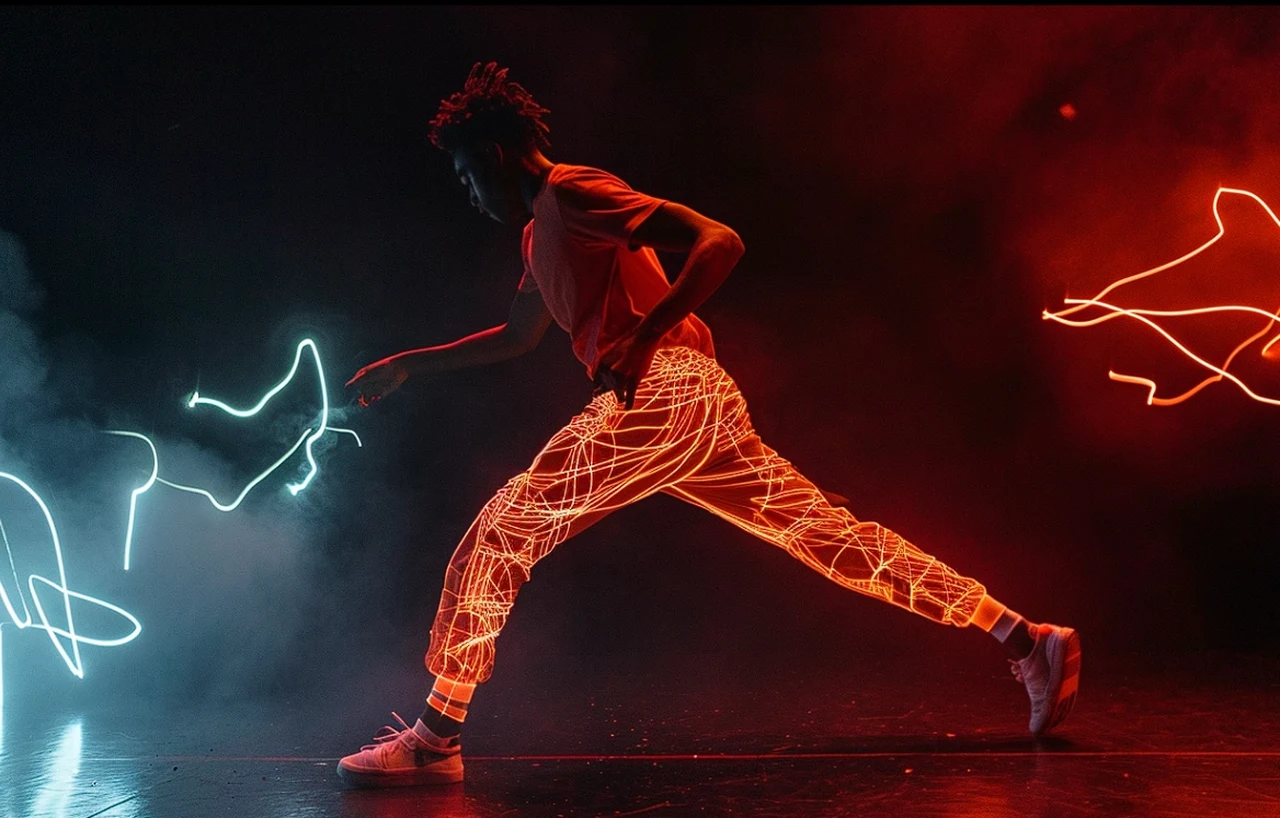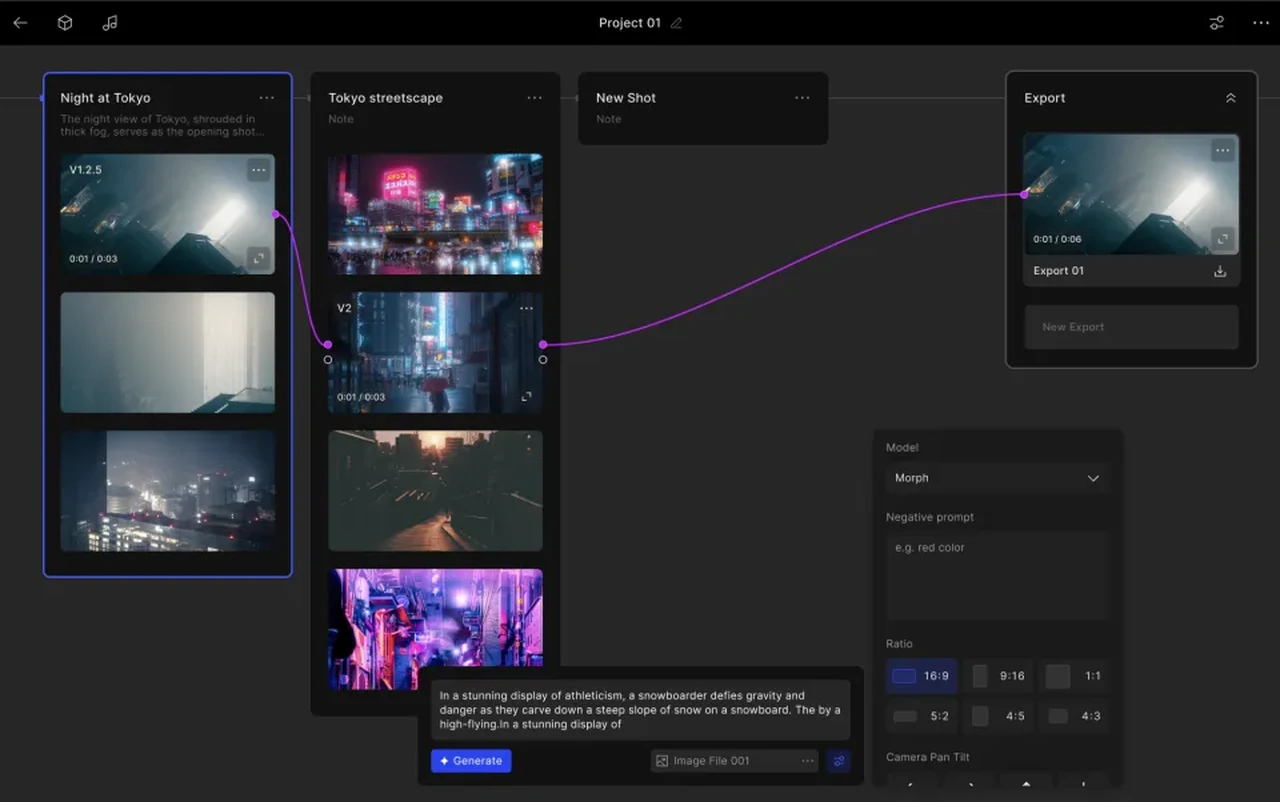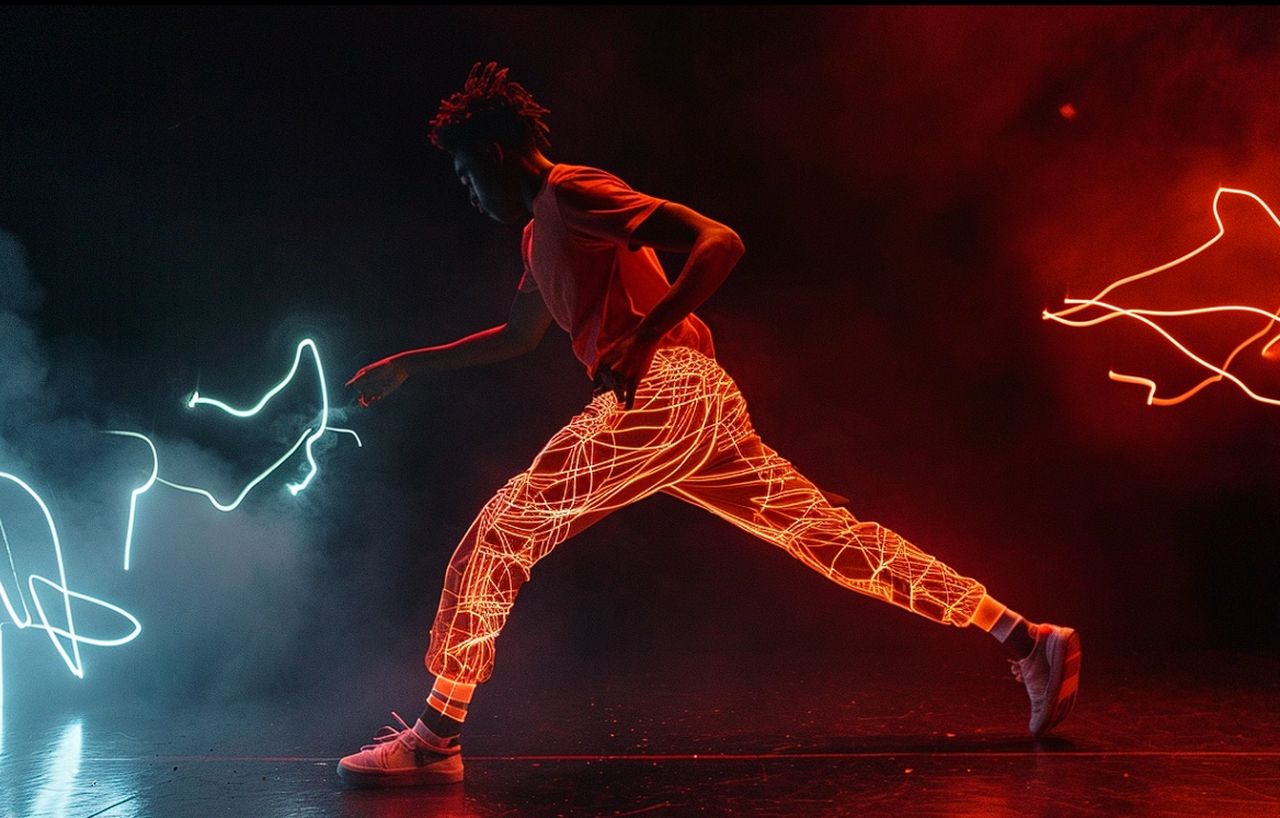
The world of video production is undergoing a significant transformation, thanks to the advent of artificial intelligence (AI) in video generation. This shift is not just a fleeting glimpse into what the future might hold; it’s a dynamic change that’s happening right now, reshaping the way we create and experience movies and videos. With AI, filmmakers are gaining an unprecedented level of flexibility and creative control, which is altering the landscape of the industry.
Imagine a tool that can produce videos so realistic they seem to obey the laws of physics. Such a tool now exists in the form of OpenAI’s Sora, an advanced AI video generation technology. Its outputs are incredibly lifelike, a clear indicator of the strides AI technology has made. Another company, P Labs, is making its mark with a feature that allows AI-generated characters to speak with perfectly timed mouth movements, enhancing the realism of digital actors.
The ability to convey emotions through video is crucial, and Alibaba Group’s Emote Portrait Alive research has taken this to a new level. This technology can create expressive portrait videos that are synchronized with audio, achieving realistic lip-syncing and emotional expressions. As a result, AI-generated characters can now establish an emotional connection with viewers, which is vital for storytelling.
AI Video Generation Advancements
Personalized movie experiences are another area where AI is making an impact. Anamorph has developed scene reordering technology that can create different versions of a film for individual viewers. This was demonstrated with a film about the visual artist Brian Eno. Such technology suggests a future where movies can provide a unique viewing experience every time, increasing their value for audiences.
Here are some other articles you may find of interest on the subject of creating videos films and short animations using artificial intelligence :
The process of filmmaking itself is being redefined by Stability AI, in collaboration with Morph Studios, has introduced a platform that simplifies film production. It features a storyboard visual drag-and-drop builder, which streamlines the complex steps involved in creating a film. This innovation makes it easier for a broader range of creators to engage in filmmaking.
Morph Studios Stability AI drag-and-drop interface

LTX Studio has launched a comprehensive video creation platform that is altering the way we think about movie production. With this platform, you can produce entire movies from simple text prompts. It includes music, dialogue, and sound effects, and it ensures consistency in character portrayal. This platform is a prime example of the extensive capabilities of AI in video creation.
AI animators are also pushing boundaries by using AI-generated video clips to remake classic films. A team is currently working on a new version of “Terminator 2,” which is expected to make its Hollywood debut soon. This project showcases the potential of AI to reinterpret and breathe new life into beloved stories.
The Future of AI Video Creation
As we look ahead to 2024, the film industry is preparing for the introduction of more sophisticated AI technology that will continue to enhance the quality of AI-generated videos. Filmmaking is on the cusp of a major shift, with AI poised to offer personalized cinematic experiences that connect with audiences in ways we’ve never seen before. The potential of AI in video generation goes beyond just new tools; it’s about redefining the art of storytelling and the magic of cinema.
This new era in filmmaking is not just about the technology itself but about the possibilities it unlocks. AI is enabling creators to explore new narratives, experiment with different storytelling techniques, and engage with their audiences on a deeper level. As AI continues to evolve, we can expect to see more innovative applications in video production that will challenge our traditional notions of what’s possible in film and video content.
The implications of AI in video generation extend to various aspects of the industry, from the way we write scripts to the way we edit and produce films. It’s an exciting time for filmmakers, actors, and audiences alike, as the lines between reality and AI-generated content become increasingly blurred. The advancements in AI video generation are not just about creating content faster or more efficiently; they’re about expanding the creative horizons of filmmakers and offering viewers new and immersive experiences.
As we embrace this new technology, it’s important to consider the ethical implications and the impact it will have on the industry. Questions about authenticity, creativity, and the role of human actors in a world of AI-generated characters are becoming more relevant. The industry must navigate these challenges thoughtfully to ensure that AI serves as a tool for enhancing the art of filmmaking rather than diminishing the value of human creativity.
Filed Under: Gadgets News
Latest timeswonderful Deals
Disclosure: Some of our articles include affiliate links. If you buy something through one of these links, timeswonderful may earn an affiliate commission. Learn about our Disclosure Policy.





